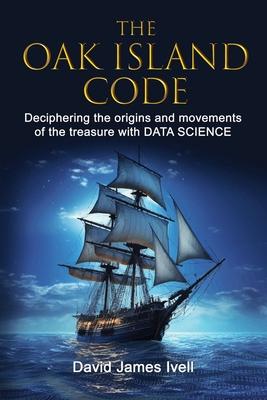Did you, as a child, imagine finding a treasure map?
Today's children may dream of being zombie hunters or social media stars, but I wanted to be a pirate, with a curved cutlass and a Jolly Roger on my bedroom wall, drawing treasure maps rather than doing my homework. I blame my dad of course, whose favourite book was Treasure Island by Robert Louis Stevenson, and it was that book that sent me to sleep dreaming. But a map doesn't have to be a piece of paper.
Throughout the centuries, maps have often been told rather than drawn, and communicated through stories that we can remember. Rather than a church spire, a gnarled tree on a hill, a sea monster, or an X marking the spot, a landmark on a treasure map may equally be an event in time, an article in a newspaper, a record in an archive, or a painting, painted centuries after the event. Paper maps only record a moment in time, but following a trail through data can record directions across centuries.
I am a modern day treasure hunter! Here, in The Oak Island Code - Deciphering the origins and movements of the Money Pit treasure with data science, I have ditched the pith helmet and spade and have a whole suite of algorithms in my kit bag. Instead of digging through soil, like archaeologists looking for ancient artifacts, the future involves digging through data. Please join me on an adventure.
One thing is for sure: we all love a good treasure story!
